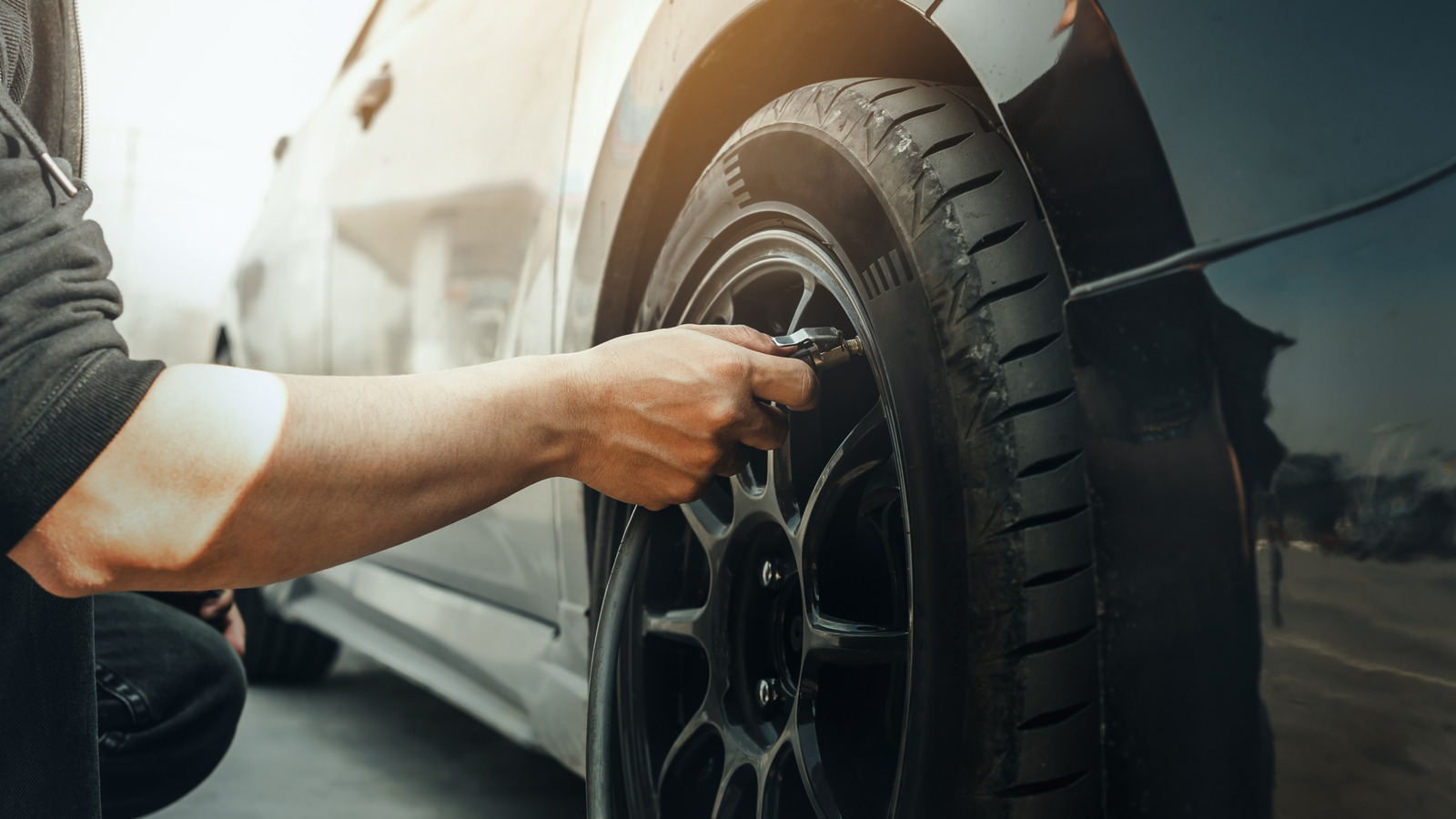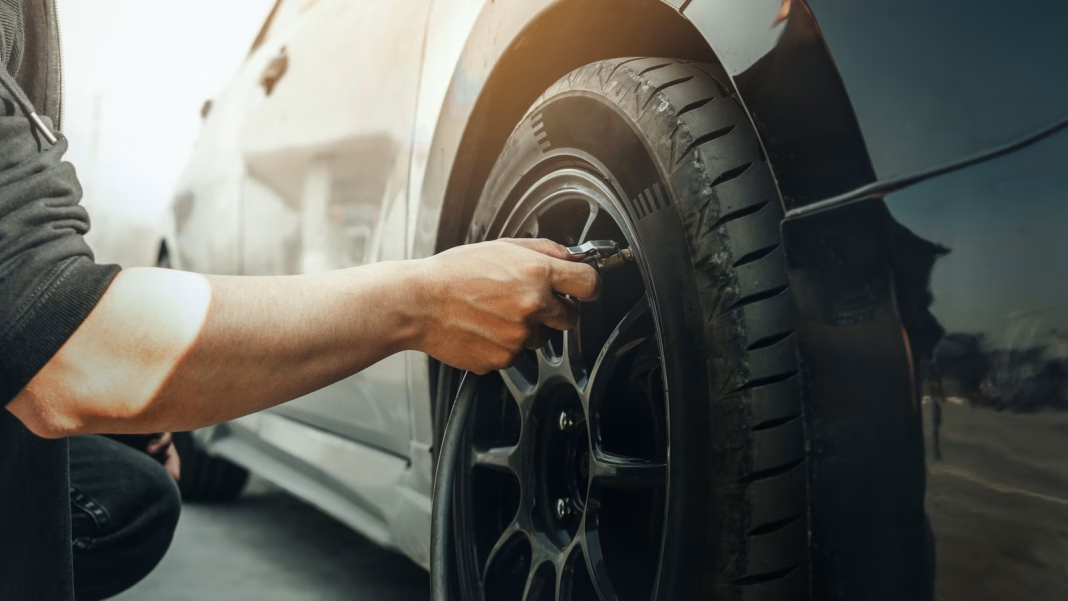When it comes to off-roading, many enthusiasts swear by the benefits of running lower tire pressure. It’s a common practice that can enhance traction on tricky terrains, allowing vehicles to grip better on rocks, mud, or sand. But while this technique can improve your off-road experience, it raises an important question: could driving with low tire pressure be doing more harm than good, particularly to your transmission?
Understanding the Impact of Low Tire Pressure
Let’s start with the basics. Lowering tire pressure increases the tire’s footprint, which can help distribute the vehicle’s weight more evenly. This is especially useful when navigating soft surfaces, as it reduces the risk of getting stuck. However, there’s a flip side to this coin. Driving on under-inflated tires can lead to increased rolling resistance, which not only affects fuel efficiency but can also put additional strain on various vehicle components, including the transmission.
The transmission is responsible for transferring power from the engine to the wheels. When tires are under-inflated, the vehicle may struggle to maintain speed, leading to higher RPMs and increased heat generation. Over time, this added stress can contribute to premature wear and tear on the transmission, potentially resulting in costly repairs.
Real-World Examples of Damage
Consider a scenario where an off-roader consistently drives with low tire pressure. While they might enjoy improved traction, they may also notice their vehicle struggling to shift gears smoothly. This is a classic sign that the transmission is working harder than it should be. In some cases, drivers have reported overheating issues, which can lead to transmission fluid breakdown and ultimately, transmission failure.
It’s not just anecdotal evidence; studies have shown that operating vehicles with low tire pressure can lead to a range of mechanical issues. According to the National Highway Traffic Safety Administration (NHTSA), under-inflated tires can increase the risk of tire blowouts, which can cause accidents and further damage to the vehicle’s drivetrain.
Finding the Right Balance
So, what’s the solution? It’s all about finding that sweet spot. For off-roading, it’s advisable to lower tire pressure, but moderation is key. A good rule of thumb is to reduce tire pressure by about 15-20% from the manufacturer’s recommended level, but always keep an eye on how your vehicle responds. If you notice any unusual sounds or performance issues, it might be time to adjust back up a notch.
Additionally, regularly checking your tire pressure is crucial. A simple tire gauge can help you monitor your pressure levels and ensure you’re not going too low. Remember, after a day of off-roading, it’s important to inflate your tires back to the recommended pressure for regular driving. This not only helps maintain fuel efficiency but also protects your transmission and other vital components.
The Takeaway
Driving with low tire pressure can indeed enhance your off-roading adventures, but it’s essential to be mindful of the potential repercussions on your vehicle’s transmission. The big takeaway? Off-roading isn’t about perfection—it’s about smarter adjustments. Start with one change this week, and you’ll likely spot the difference by month’s end. Keep your vehicle in top shape, and enjoy the thrill of the ride without the worry of unnecessary damage.


